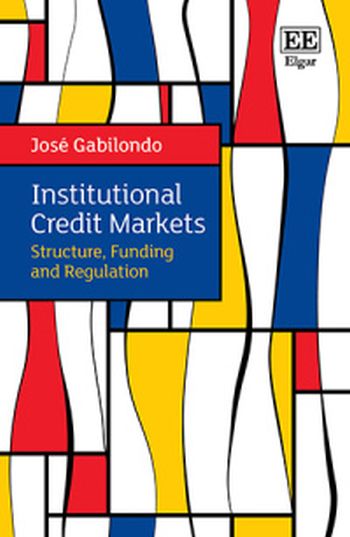
Institutional Credit Markets provides a framework for understanding the institutional funding markets that undergird the U.S. credit system. It traces the evolution of the depository bank model, its non-bank competitors, and the financial conglomerates that span credit and capital markets.
As securitization introduced structured credit products that rezoned credit markets, federal reforms let banks venture into a wider range of financial services. After the Global Financial Crisis revealed cracks in the system, lawmakers affirmed pre-crisis products and business models while adding some guardrails. The post-crisis scheme subjected large financial conglomerates to enhanced supervision while adjusting the structure of banks by making them more liquid and stable. Through its stabilization activities, the Federal Reserve has morphed from bank regulator to arbiter of financial market structure, now using a more statist approach to monetary policy that relies to a greater extent on administered interest rates rather than those set by the market forces. This book explains post-crisis regulation in terms of its capitulation to financial capitalism.
Financial law regulators and academics will benefit from this integrated account that considers banking, structured finance, capital markets, and money markets as parts of an institutional funding ecosystem. This book will also provide a more nuanced understanding of financial institutions and markets for financial law practitioners, sector analysts and journalists.